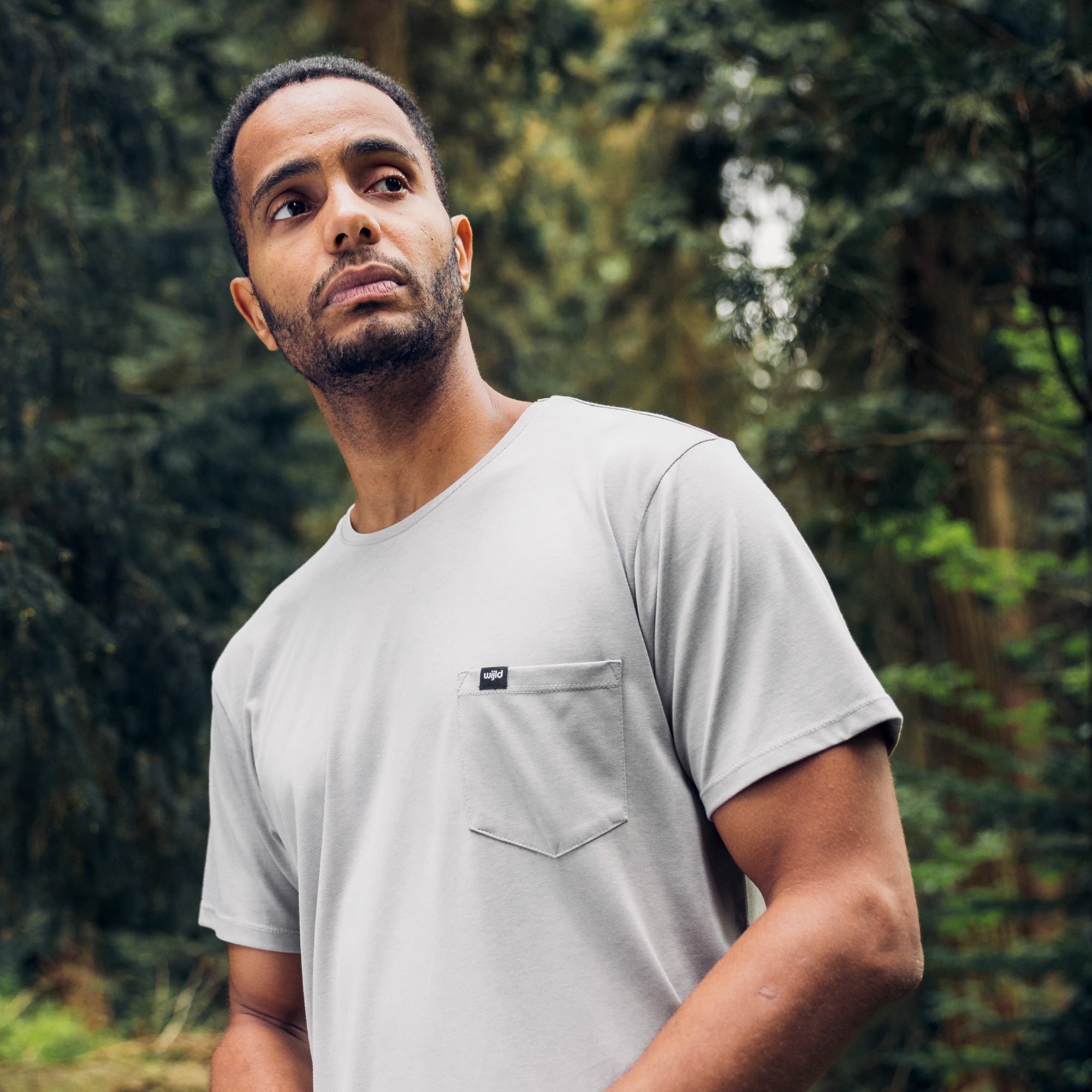WHAT DOES FAST FASHION MEAN?
Fast fashion refers to the rapid production and distribution of low-cost clothing, often released in short cycles to keep up with trends.
Many fast fashion brands rely on ultra-cheap materials and manufacturing facilities located in developing countries, where labor costs are low.
One troubling consequence of fast fashion is the rise of so-called “sweatshops.” These aren’t cozy sewing studios, they’re factories where workers face poor conditions and extremely low wages.
Sweatshops are often located in developing countries and produce fashion items for brands in wealthier nations. To keep prices low and product cycles fast, many companies use these factories despite serious ethical concerns.
Sweatshops often violate basic labor rights:
- Workers endure long hours
- Face unsafe or unhealthy conditions
- Lack access to proper healthcare
THE HISTORY OF FAST FASHION
The Early Days – 1950s & 1960s:
Fast fashion emerged when companies began offering quickly produced, low-cost clothing. This trend was driven by growing demand for affordable fashion, rising prosperity, and the rise of mass media that popularized new styles at unprecedented speed.
Expansion Era – 1970s & 1980s:
The industry boomed as access to cheaper production methods and global supply chains allowed fashion brands to manufacture clothing faster and in larger quantities. The goal: meet rising demand while keeping prices low.
The Digital Age – 2000s Onward:
With the spread of the internet and the rise of social media, fashion companies tapped into fast-changing trends to market their products online. This digital shift accelerated the cycle even further, boosting production rates and spreading fast fashion to a global audience.
FASHION AS SUPPOSED LUXURY
Fast fashion has drastically changed the way we consume and view fashion in recent decades. The availability of cheap and quickly produced fashion means that more and more people have access to items of clothing that were once considered luxury goods. But this supposed luxury comes at a price.
Fast fashion has led to people valuing their clothes much less and throwing them away more quickly. The impact on nature is immense, as a lot of chemicals are used to produce raw materials and the production of textiles requires a lot of water and energy.
In summary, fast fashion can be seen as a supposed luxury that comes at the expense of nature and the many people employed in the long production chains.
We are committed to ensuring that clothing is valued again and we want to create an understanding of how sustainable fashion is created and how much handwork goes into each individual piece. In addition to the use of sustainable materials and fair production, appreciation is an essential point towards green clothing. After all, we have not won if we consume and throw away sustainable clothing as quickly as fast fashion.








